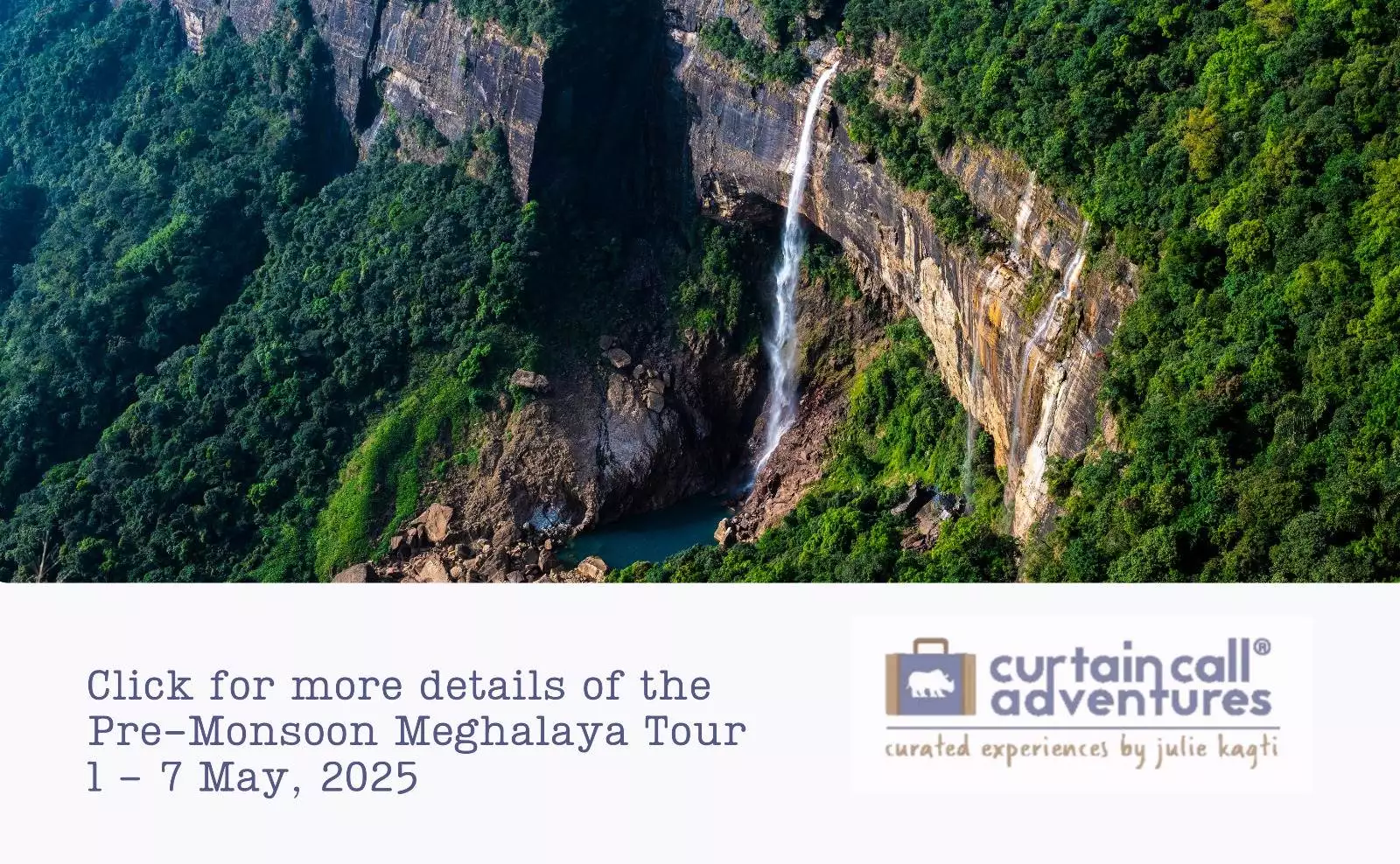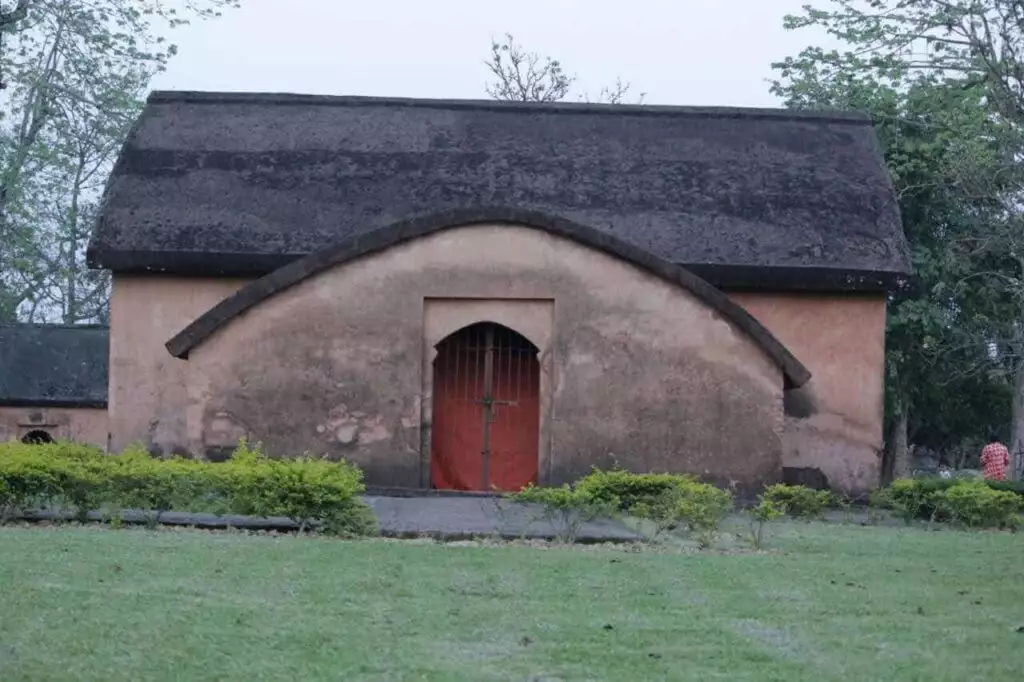
In the history of Assam, Sivasagar undoubtedly, holds pride of place. It was the seat of the Ahom kingdom for 6 hundred years of their tumultuous reign. The entire district is filled with ancient monuments, artefacts, parks, tanks, spurs and dykes and roads built by the Ahom kings. The name itself is derived from the Sivasagar tank which had been dug by Ambika, the second wife of Swargadeo Shiva Singha, who ascended the throne after the death of his brother, Swargadeo Rudra Singha. The famous Shiva temple (Shiva dol) of Sivasagar is located on the southern bank of the tank.
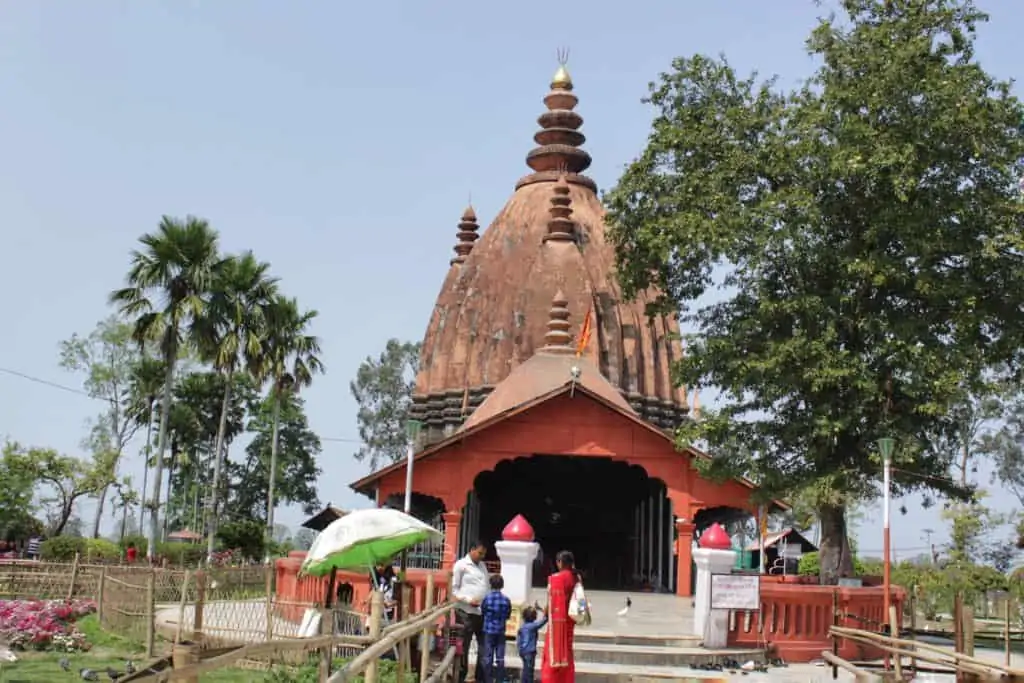
During the Ahom rule, the main administrative area and the capital was Rangpur. During which time, the capital came under rebellious attack twice. Many monuments from the Ahom era (Kareng Ghar or Talatal Ghar, Rang Ghar) are situated in this area. It finally lost its status as the capital when the British came. When the British came, they established their administrative centre around the Sivasagar tank. In that way, the place that was formerly known as Kalansupar, came to be known as Sivasagar. Today, Rangpur is a part of Sivasagar town.
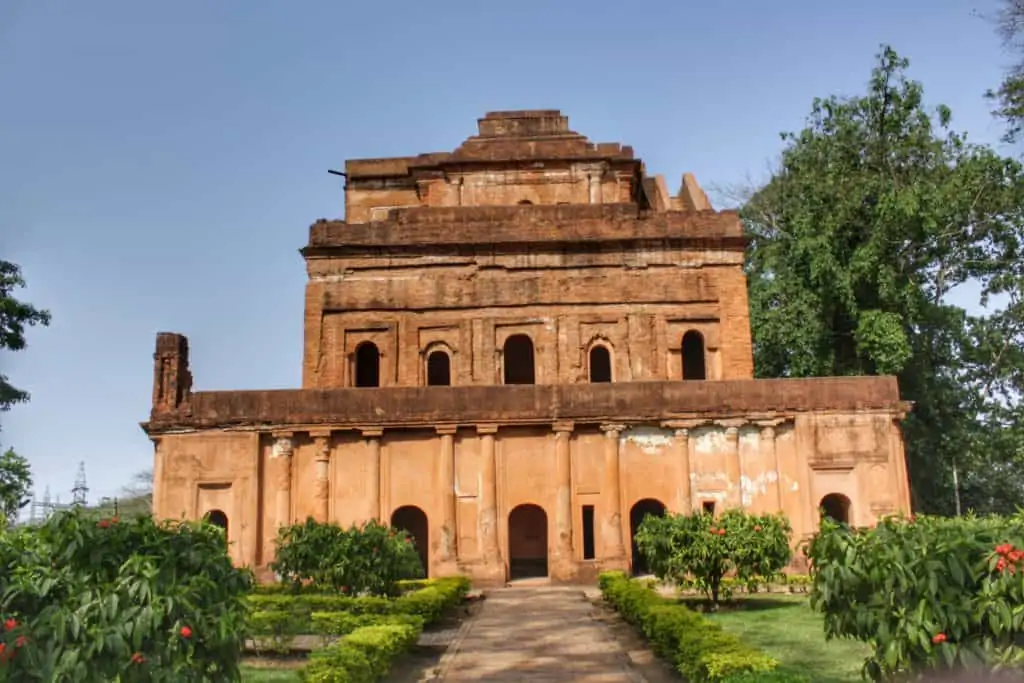
One of the many monuments of Sivasagar is the Talatal Ghar or Kareng Ghar, situated at a distance of 4km from Sivasagar in Rangpur. In the year 1751, Rajeswar Singha started the construction of the Kareng Ghar, a multi storied palace and it was completed in the year 1769. Along with bricks and cement, a very ingenious concoction of sticky rice, eggs, certain types of fish, and other local ingredients were used as mortar to hold the massive stone slabs together. Two secret tunnels were built under the palace to facilitate escape in times of war. The length of one of the tunnels was 3km and it was connected to the Dikhow river while the second tunnel was 16km and it was connected to the Gorgaon Palace. Presently both the tunnels have been sealed.
The unique shape of the building is believed to have been inspired by the shape of the Ahom longboats. It was built as a pavilion from where the King celebrated various festivals and watched games. It is said to be one of the oldest surviving amphitheatres in Asia.
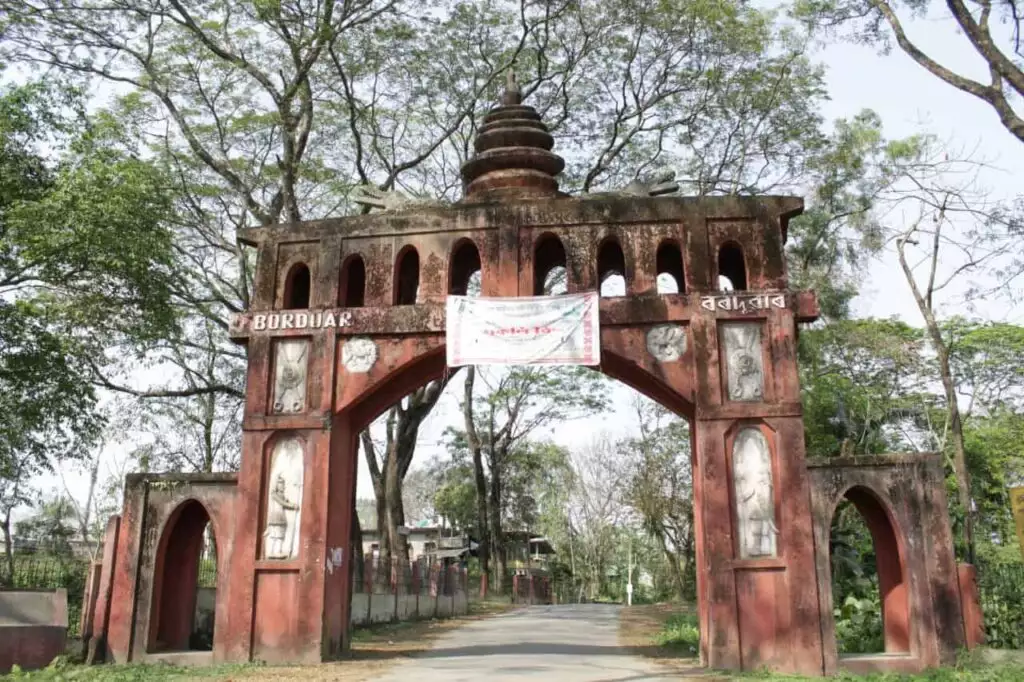 The town of Sivasagar is quite literally a history lesson coming to life. Almost every part of the town has some historical importance or the other. Another such area is the Joydol (a temple) by the banks of Lake Joysagar. Both of these were constructed by Rudra Singha, in memory of his mother Joymoti, who sacrificed her life to save her husband and his father. Joymati was also the subject of the first ever Assamese feature film Joymati (1935).
The town of Sivasagar is quite literally a history lesson coming to life. Almost every part of the town has some historical importance or the other. Another such area is the Joydol (a temple) by the banks of Lake Joysagar. Both of these were constructed by Rudra Singha, in memory of his mother Joymoti, who sacrificed her life to save her husband and his father. Joymati was also the subject of the first ever Assamese feature film Joymati (1935).

For those seeking to see flora and fauna will not be disappointed, with the Pani Dihing Wildlife Sanctuary situated in Sivasagar district itself. It is a rich wet land eco system and home to 165 recorded species of birds. Among these are high concentration of geese and other migratory birds.
Sivasagar offers travellers a chance to witness the marvellous remains of a kingdom almost 600 years old. Hence, Sivasagar formed a pivotal role in the history of Assam. Offering travellers and the likes a rich background in culture and history, it definitely deserves a visit.
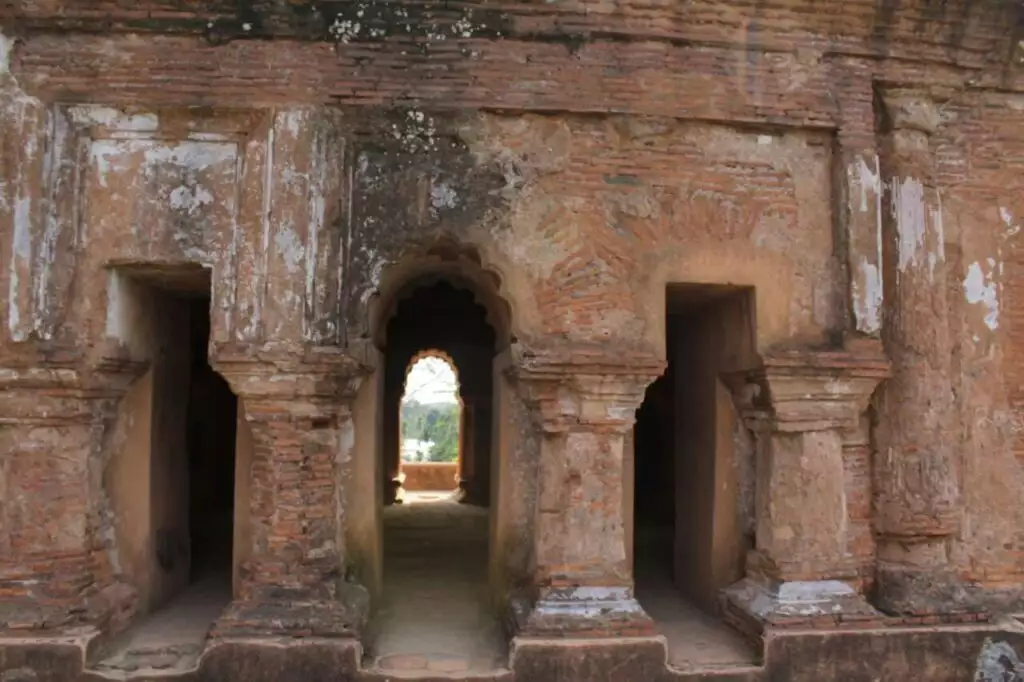
Reaching Sivasagar:
The town is easily accessible from Guwahati via bus and train. The nearest railway station is Simalguri Railway station which is 16 kms from the main town. The nearest airports are Jorhat (66 kms) and Dibugarh (90 kms). Both the airports are well connected to major cities of India.
 All Images are courtesy Birinchi Baruah for Curtain Call Adventures.
All Images are courtesy Birinchi Baruah for Curtain Call Adventures.


